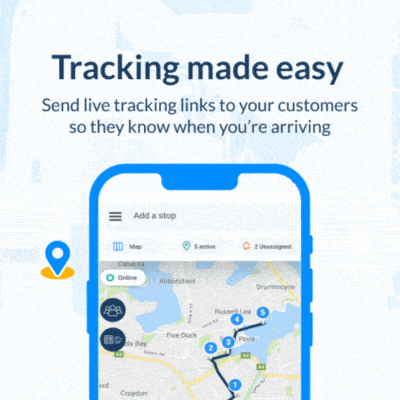Online grocery shopping is taking off, but many experts question why grocers don’t provide accurate inventory visibility to meet customers’ expectations. A new survey has found that more than half of consumers are more likely to shop with a grocer that has a mobile app than one without it.
Mobile app developer Bryj says that, according to the latest statistics, mobile commerce sales have increased “dramatically” and account for 73% of total e-commerce sales worldwide.
As more people use mobile apps for online shopping, Bryj advises that it’s “crucial for businesses to optimize their mobile apps” to improve revenue and engagement.
“Compared to traditional websites or Progressive Web Apps (PWAs), mobile apps provide better performance, superior functionality, and a more satisfying user experience,” says the app developer.
New study reveals shopping trends
The latest report released by Statistics found that Americans visit the supermarket almost twice a week. With the busy modern lifestyle, most employed adults leave and arrive home when shops are closed.
To simplify household errands, mobile apps are the key to convenience and personalization for families who need food delivered to their doorstep.
Bryj has found that two in five consumers (39%) prefer buying groceries through a mobile app to shopping in-store. To put this in perspective, another study found mobile shoppers spend more than 50 billion hours in shopping apps globally. That’s a 42% increase in just two years.
Cost of living impacting spending habits
In Australia, many are shopping online, not only for convenience but also to get more value for money. At a time when the cost of living is exceptionally high, Australians are finding it easier to “shop around” online for the best prices than in-store.
Woolworths and Coles are Australia’s two dominant online stores; however, Amazon seems to be tapping into its audience quickly. Amazon’s numbers have grown in household products, while households buy non-perishable items from the e-commerce giant.
Online grocery war
A fierce battle rages among online grocery retailers for the dominant market in the US. Amazon, Target, and Walmart want to be the powerhouse, knowing how big this market is for potential growth.
There is a recent shift in on-demand delivery service, from early and late deliveries from Walmart to paid subscription services.
Target refuses to be overshadowed. In a few days, it will launch its paid membership program, enticing customers with the promise of complimentary same-day home deliveries.
They are all aiming for speed and accuracy. Customers want a system that meets their demands for a hassle-free return, a service where their packages don’t vanish before they arrive home or missed drop-offs.
Share this article
About the author
Mia is a multi-award-winning journalist. She has more than 14 years of experience in mainstream media. She's covered many historic moments that happened in Africa and internationally. She has a strong focus on human interest stories, to bring her readers and viewers closer to the topics at hand.













